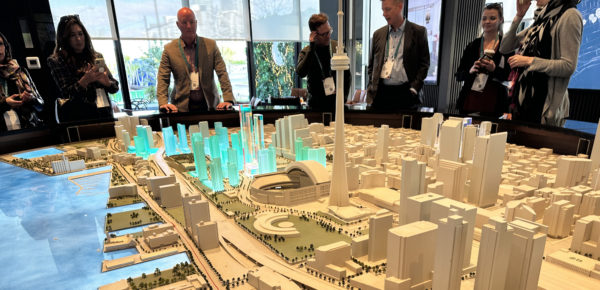Fatima concludes that Toronto’s ULI Spring Meeting “delivered with a bang”. For many of the attendees, over 80% hailing from the U.S., it was a first-time introduction to Toronto. And it felt equally so for those who had not returned to the city in over 20 years. They had not anticipated the powerful vibrancy of the city’s urban transformation. “I believe Toronto succeeded in showcasing why the city is considered the fastest growing Canadian metropole, and to put itself on the global map and on the radar of North American developers.” Yet, she added that with the global perspectives and ideas being discussed, such as space-based solutions for earthbound problems, the common struggle across global cities for affordable housing solutions, and the very tangible needs of a world connected through a cloud, it begged the question for all, where can Toronto’s development industry improve? Fatima says, “the main intention I left with, as an urban designer, is to make sure that a developers’ investment on the Canadian market goes into applying those lessons.”

